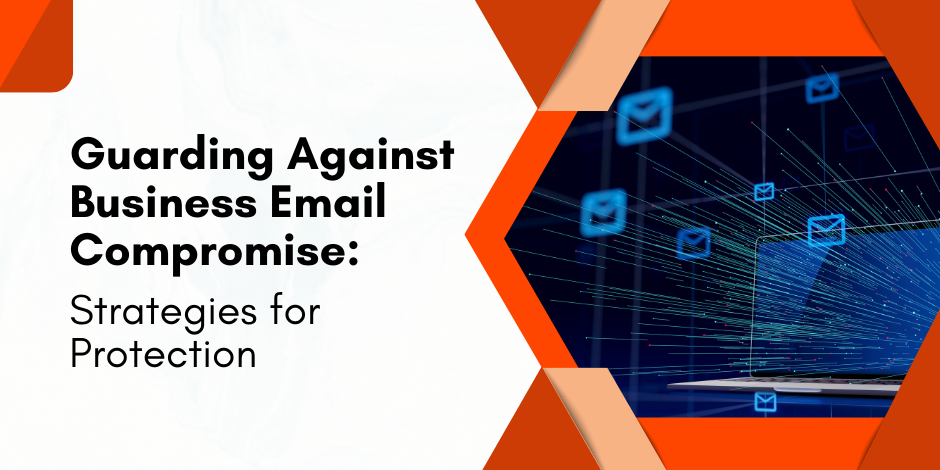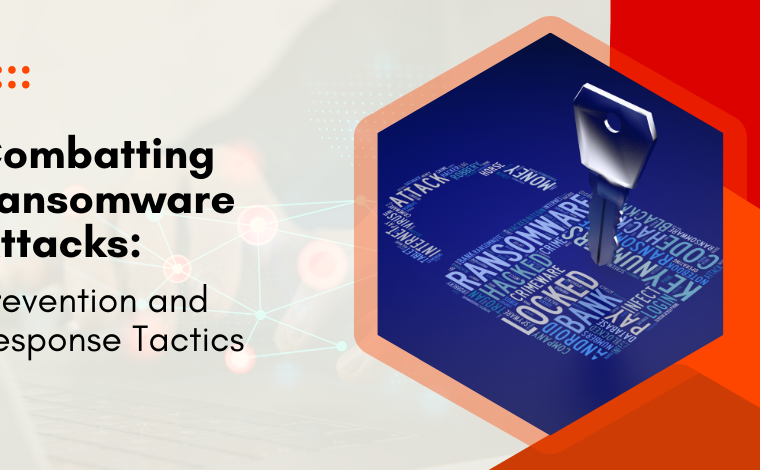Guarding Against Business Email Compromise: Strategies for Protection

Stay Informed With Our Weekly Newsletter
Receive crucial updates on the ever-evolving landscape of technology and innovation.
In today’s digital world, businesses face an ever-growing threat from cyber attacks, one of which is business email compromise (BEC).
Last year, attacks totaled USD $2,946,830,270 in reported losses, making it the second-costliest category of reported cybercrimes in 2023.
As these threats continue to escalate, businesses must adopt robust cybersecurity strategies to mitigate the potentially devastating consequences.
Understanding business email compromise

Before diving into the intricacies of preventing Business email compromise, let’s first understand what it entails.
BEC refers to a type of cyber attack where hackers target businesses’ email accounts to gain unauthorized access, steal sensitive information, or initiate fraudulent activities.
These attacks often involve impersonation, leaving unsuspecting victims vulnerable to financial loss and reputational damage.
It is essential to comprehend the anatomy of a business email compromise attack to better identify and guard against it.
Business email compromise attacks have increased in recent years, with cybercriminals becoming increasingly sophisticated in their methods.
These attacks typically start with the cybercriminals conducting extensive reconnaissance on the target organization.
They meticulously search for key individuals with access to valuable information or hold positions of authority within the company.
Once the targets are identified, the attackers employ various tactics, such as phishing emails or social engineering, to trick them into divulging sensitive data or initiating fraudulent transactions.
Phishing emails, for example, may appear to come from a trusted source within the organization, luring the recipient into clicking on malicious links or providing login credentials.
The anatomy of a BEC attack
In a typical business email compromise attack, the cybercriminals start by conducting extensive reconnaissance on the target organization.
They search for key individuals who have access to valuable information or hold positions of authority.
Once the targets are identified, the attackers employ various tactics, such as phishing emails or social engineering, to trick them into divulging sensitive data or initiating fraudulent transactions.
The impact of such attacks on organizations can be substantial, resulting in financial losses, reputational damage, and compromised customer trust.
The role of cybersecurity in preventing BEC

Organizations must prioritize implementing a robust cybersecurity framework to protect against the growing threat of business email compromise.
The importance of a robust cybersecurity framework
A strong cybersecurity framework serves as the foundation for protecting against BEC attacks.
It involves a combination of technical measures, employee training, and regular system updates to mitigate vulnerabilities.
Ensuring that all employees are well-versed in cybersecurity best practices is crucial in preventing business email compromise attacks.
Regular training sessions can help employees recognize suspicious emails, understand the importance of strong passwords, and be cautious of sharing sensitive information online.
This human element is often the first line of defense against cyber threats.
By implementing industry best practices, organizations can minimize the risk of falling victim to BEC attacks and enhance their overall cybersecurity posture.
How cybersecurity measures can mitigate business email compromise
An effective cybersecurity strategy includes multiple layers of protection that address various attack vectors.
This includes deploying firewalls, intrusion detection systems, and secure email gateways to detect and prevent malicious activities.
Organizations should also consider investing in advanced threat detection technologies such as artificial intelligence and machine learning.
These technologies can analyze patterns in email communications and flag any anomalies that may indicate a potential BEC attack.
By leveraging cutting-edge tools, businesses can stay one step ahead of cybercriminals.
Additionally, organizations should adopt multi-factor authentication (MFA) to add an extra layer of security.
MFA requires users to provide multiple verification forms, such as a password and a unique code sent to their mobile device, adding an additional barrier against unauthorized access.
Key strategies for protecting against BEC
While a robust cybersecurity framework is crucial, it is equally important to implement specific strategies that directly target the prevention of business email compromise attacks.
Implementing multi-factor authentication
MFA serves as a powerful deterrent against BEC attacks, as it significantly reduces the risk of unauthorized access even if passwords are compromised.
Organizations should enforce MFA for all critical systems and email accounts to mitigate the risk of business email compromise.
Regular staff training and awareness programs
Employee education is vital in preventing BEC attacks.
By organizing regular training sessions, businesses can raise awareness about the risks associated with BEC and provide employees with practical guidance on identifying and reporting suspicious emails or requests.
Organizations should cultivate a culture of cybersecurity awareness, empowering employees to be the first line of defense against BEC attacks.
Training programs, such as the Cybersecurity Program offered by the Institute of Data, can equip your employees with essential skills and hands-on experience to protect your business from evolving cyber risks.
The role of regular system updates and patches
Outdated software and systems can leave businesses vulnerable to BEC attacks. Hackers often exploit unpatched vulnerabilities to gain unauthorized access.
Therefore, organizations should adopt a robust patch management strategy to ensure that all systems and software are up-to-date with the latest security fixes.
Ongoing monitoring of vulnerabilities and prompt patching of any identified weaknesses is critical in combating BEC attacks.
Moving forward: maintaining vigilance against BEC

While implementing the aforementioned strategies is an excellent first step, it is crucial to recognize that cyber threats evolve constantly.
To stay ahead of cybercriminals and protect against BEC attacks, organizations must adopt a proactive approach.
The importance of continuous monitoring and incident response
Vigilance is key to detecting and mitigating BEC attacks. Organisations should implement stringent monitoring and incident response systems to identify any suspicious activities promptly.
By continuously monitoring network traffic, email communications, and user behavior, businesses can detect and respond to potential BEC attacks in a timely manner.
A well-defined incident response plan, with clearly defined roles and responsibilities, ensures rapid and effective action in the event of a BEC attack.
Future trends in business email compromise and cybersecurity
As technology continues to advance, cybercriminals will undoubtedly find new ways to carry out BEC attacks.
To stay one step ahead, organizations should closely monitor emerging trends in cybersecurity and adapt their strategies accordingly.
Key areas to monitor include advancements in artificial intelligence and machine learning for threat detection, as well as the growing sophistication of social engineering techniques employed by cybercriminals.
Conclusion
At a time when businesses rely heavily on email communications, safeguarding against business email compromise attacks is of paramount importance.
By adopting a robust cybersecurity framework, implementing specific prevention strategies, and maintaining continuous vigilance, organizations can protect themselves from the potentially devastating consequences of BEC.
Stay informed, stay prepared, and stay ahead in the ongoing battle against cyber threats.
Consider enrolling in the Institute of Data’s Cybersecurity Program to improve your knowledge in cybersecurity and stay ahead of evolving challenges.
Alternatively, if you’re interested in learning more about the program and how it can benefit your career, book a free career consultation with a member of our team today.





